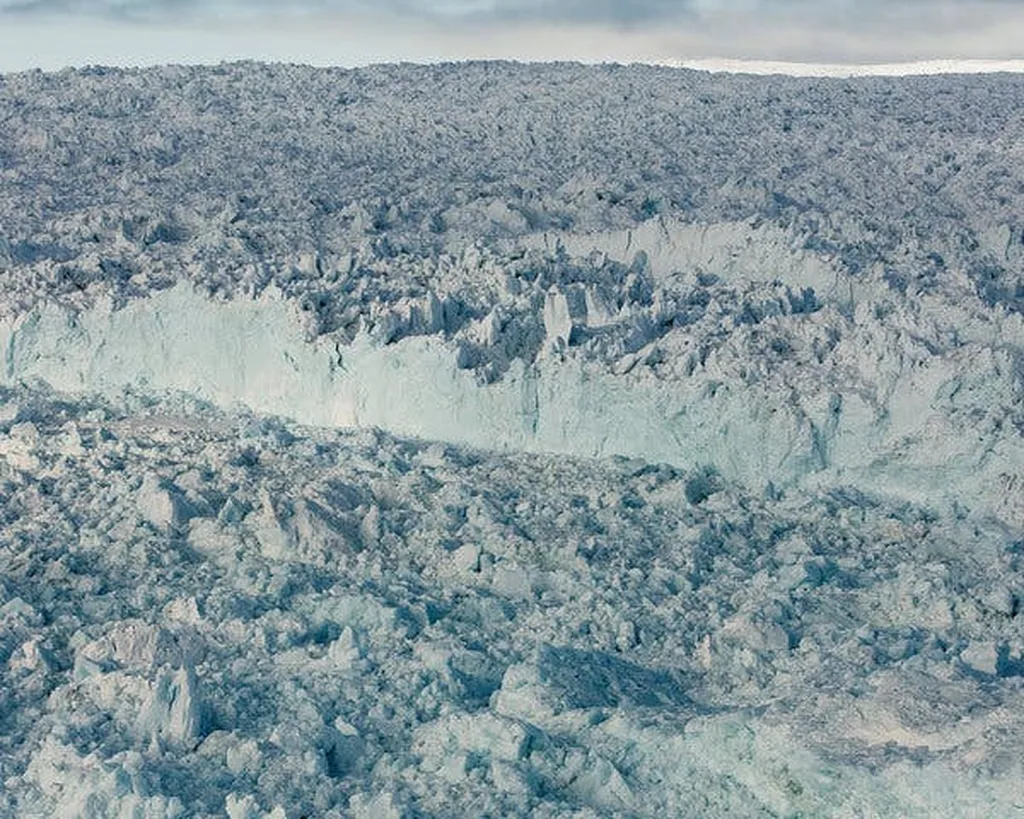In the ever-evolving landscape of the energy sector, understanding and managing geological uncertainties is paramount. A recent study published in the *Frontiers in Built Environment* (translated from Chinese as “Frontiers in Construction and Built Environment”) offers a novel approach to tackle this challenge, potentially revolutionizing how energy companies approach subsurface modeling.
The research, led by Xingxing Wei from the School of Smart Construction and Energy Engineering at Hunan Institute of Engineering in Xiangtan, China, introduces a method called “stochastic stratigraphic simulation using image warping from sparse data.” This innovative technique aims to improve the accuracy of geological models, which are crucial for energy exploration and extraction.
Geological formations are inherently complex and variable, making it difficult to predict their properties with certainty. Traditional methods often rely on stationary random fields, which assume that geological properties remain consistent over space. However, real-world formations are non-stationary, meaning their properties can change significantly from one location to another.
“Wei’s approach leverages image warping and Bayesian machine learning to create more realistic and accurate models,” explains a senior geologist at a major energy company. “This method allows us to incorporate sparse data more effectively, reducing uncertainty and improving decision-making.”
The study also employs Markov random fields, which help capture the spatial dependencies and interactions between different geological layers. By integrating these advanced techniques, Wei’s method provides a more comprehensive understanding of subsurface conditions, which is vital for optimizing energy extraction processes.
The commercial implications of this research are substantial. Accurate geological models can lead to more efficient drilling operations, reduced exploration costs, and minimized environmental impact. As the energy sector continues to evolve, the ability to manage geological uncertainties effectively will be a key competitive advantage.
“We are excited about the potential of this research to transform our approach to subsurface modeling,” says a spokesperson for an international energy firm. “By reducing uncertainty, we can make more informed decisions, ultimately leading to better outcomes for our stakeholders and the environment.”
As the energy sector faces increasing pressure to optimize resources and reduce costs, innovations like Wei’s stochastic stratigraphic simulation method offer a promising path forward. By embracing advanced technologies and methodologies, energy companies can navigate the complexities of subsurface geology with greater confidence and precision.
The research published in *Frontiers in Built Environment* marks a significant step forward in the field of geological modeling, paving the way for more efficient and sustainable energy practices. As the industry continues to evolve, the integration of cutting-edge techniques will be essential in meeting the demands of a rapidly changing world.

